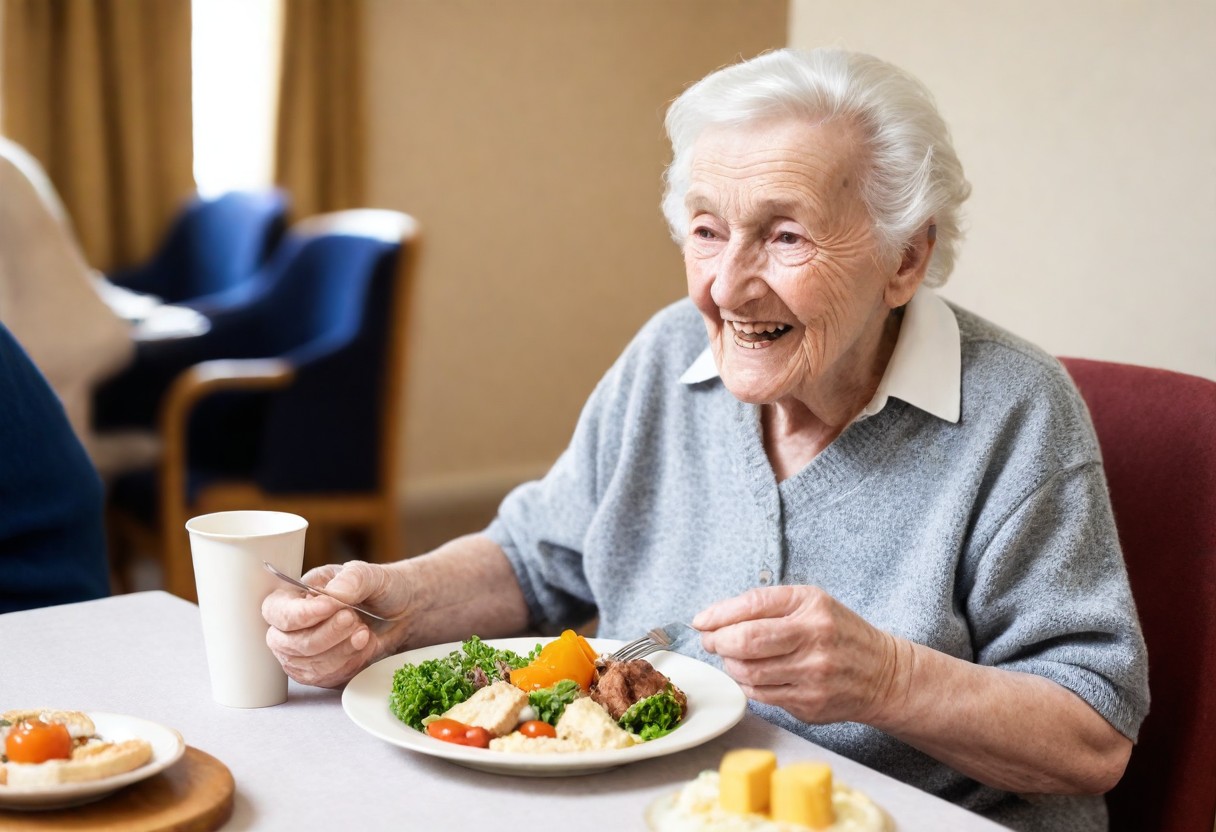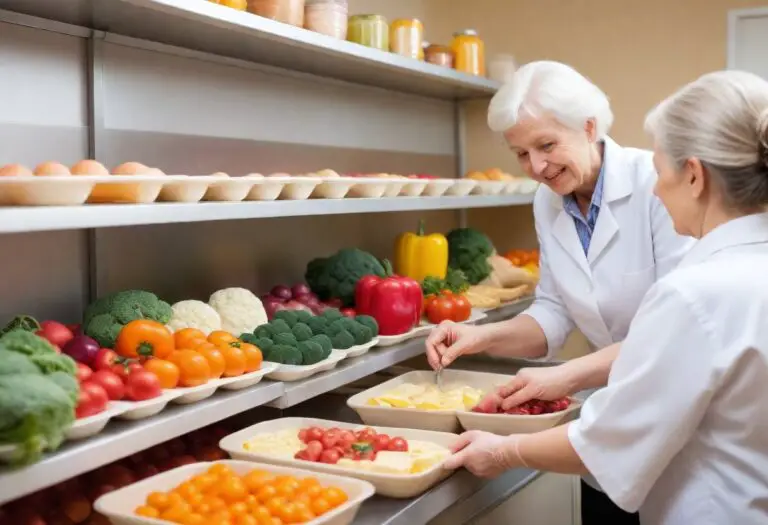The 4C’s of food hygiene are essential in maintaining food safety, particularly important in places like care homes where food is prepared on-site and handled by care workers.
These four principles—Cleaning, Cooking, Chilling, and Cross-contamination—form a straightforward yet thorough framework to ensure the safety and cleanliness of food. It’s really important for anyone involved in preparing meals to understand and use these practices to keep food safe.
1. Cleaning
Maintaining excellent hygiene helps stop harmful bacteria from contaminating food.
The ‘Cleaning’ principle features:
- Regularly washing and sanitising all kitchen surfaces, such as worktops and chopping boards before and after you prepare food.
- Using different cloths for various areas; disinfect or replace them often to avoid spreading germs.
- Thoroughly cleaning utensils and dishes with hot water and soap, preferably using a dishwasher when available, to eliminate bacteria.
- Always washing hands well with soap under warm water before touching any food items; do this also after handling raw foods or waste products. This practice is highly effective at stopping bacterial spread.
2. Cooking
It’s essential to cook foods properly to destroy any dangerous bacteria they might contain.
The ‘Cooking’ principle covers:
- Making sure all foods are cooked thoroughly—this includes meats like beef or chicken but also eggs or seafood—and checking their internal temperature with a thermometer if possible.
- In professional settings ensuring that dishes reach at least 75°C for no less than 30 seconds—or another equivalent temperature-time mix according to official guidelines—to assure safety.
- Heating leftovers until they’re steaming hot throughout every part without reheating them more than once.
3. Chilling
Effective chilling slows the growth of harmful bacteria.
The ‘Chilling’ principle includes:
- Quickly refrigerating or freezing perishable items. It’s important to know the difference between ‘use-by’ and ‘best before’ dates to store food correctly and use it within its safe period.
- Keeping the fridge uncluttered to allow cold air to circulate freely, maintaining a temperature ideally below 5°C.
- Safely defrosting frozen food in the fridge, in cold water, or in a microwave if you plan to cook it right away.
4. Cross-contamination
Avoiding cross-contamination is important for preventing bacteria from moving from one food item to another.
This ‘Cross-contamination’ principle involves:
- Using separate chopping boards and utensils for raw and cooked foods or washing them thoroughly after each use.
- Ensuring that raw foods, especially meats and poultry, do not touch cooked or ready-to-eat foods.
- Storing raw meat, poultry, and seafood on the bottom shelf of your fridge in sealed containers so their juices don’t drip onto other items.
Applying these four principles of food hygiene—Cleaning, Cooking, Chilling, Cross-contamination—can greatly lessen the risk of foodborne illnesses.
These practices are essential whether you’re cooking at home or working in a professional kitchen as they promote a culture of safety really important for everyone’s health.
Subscribe to Newsletter
Get the latest news and updates from Care Learning and be first to know about our free courses when they launch.






